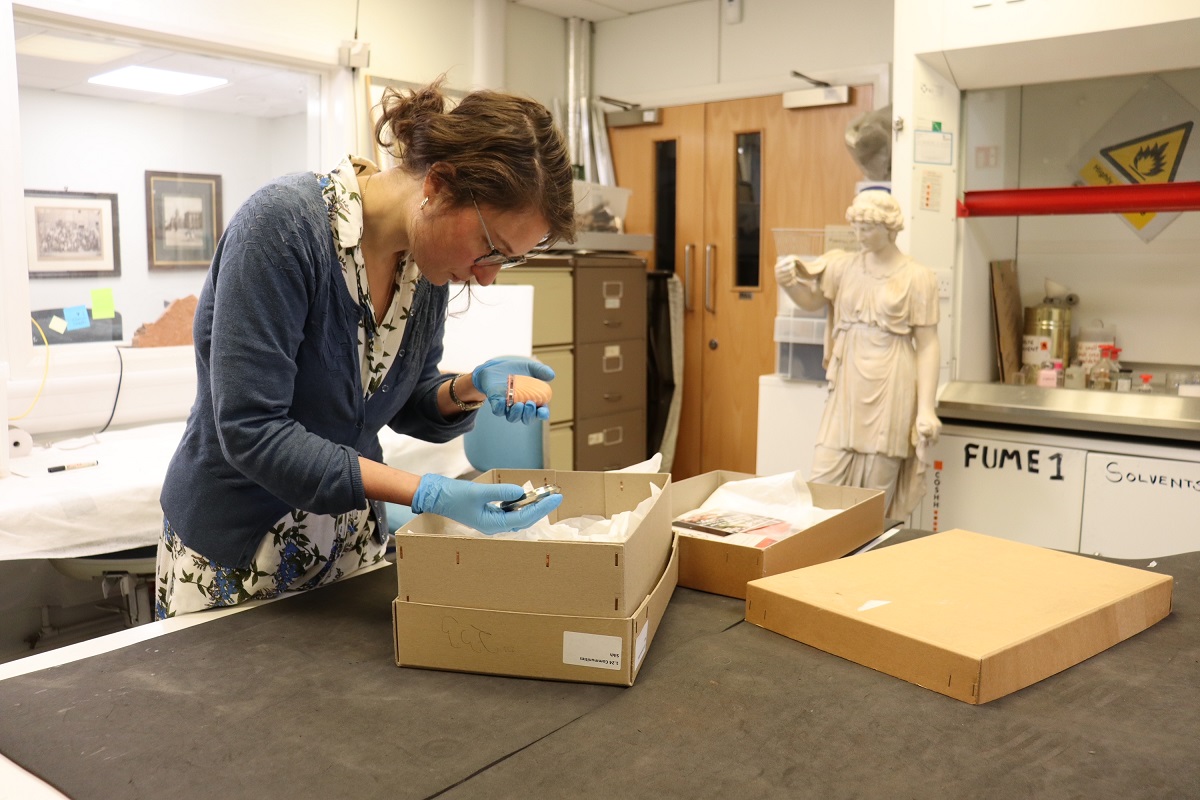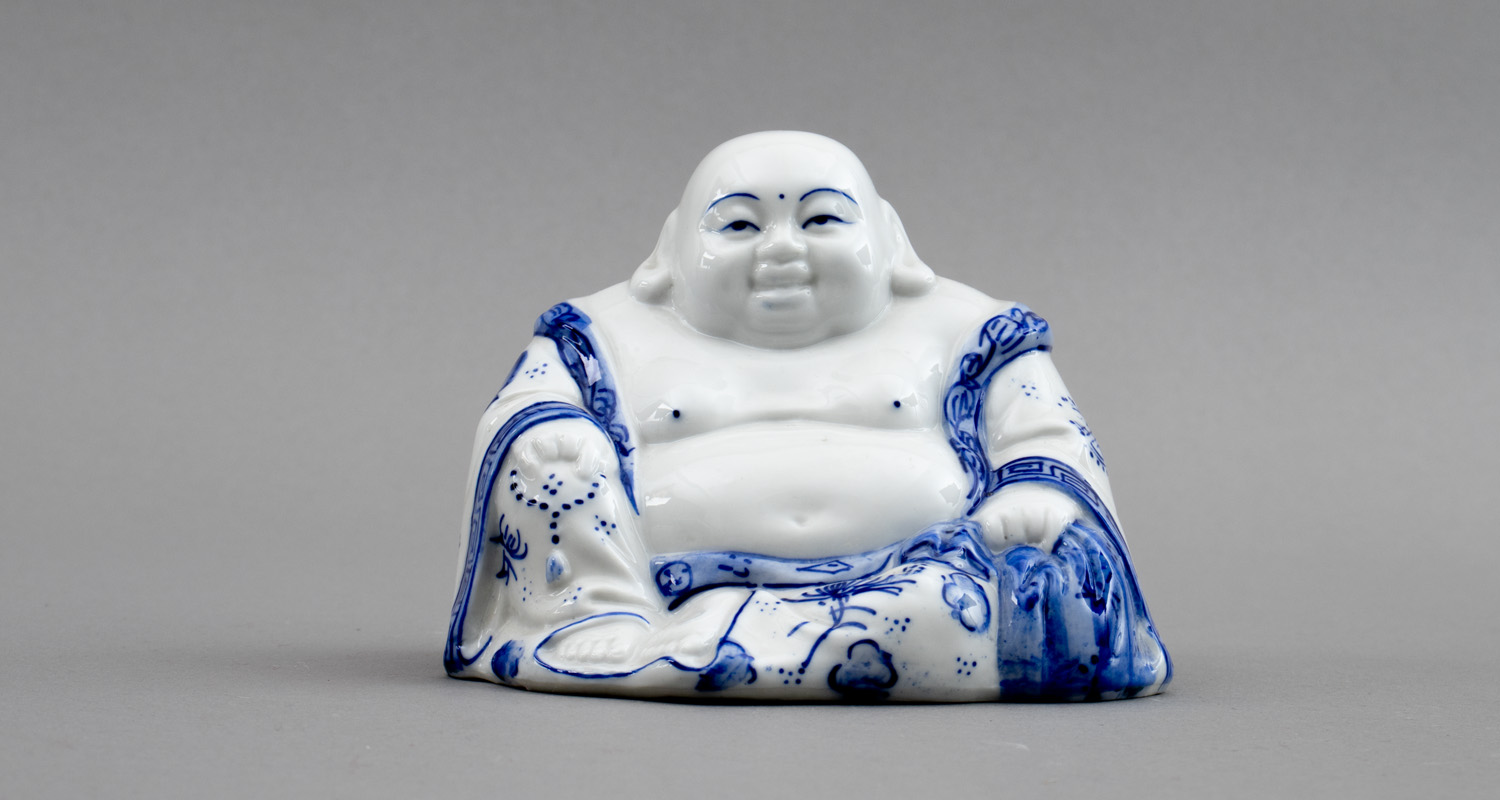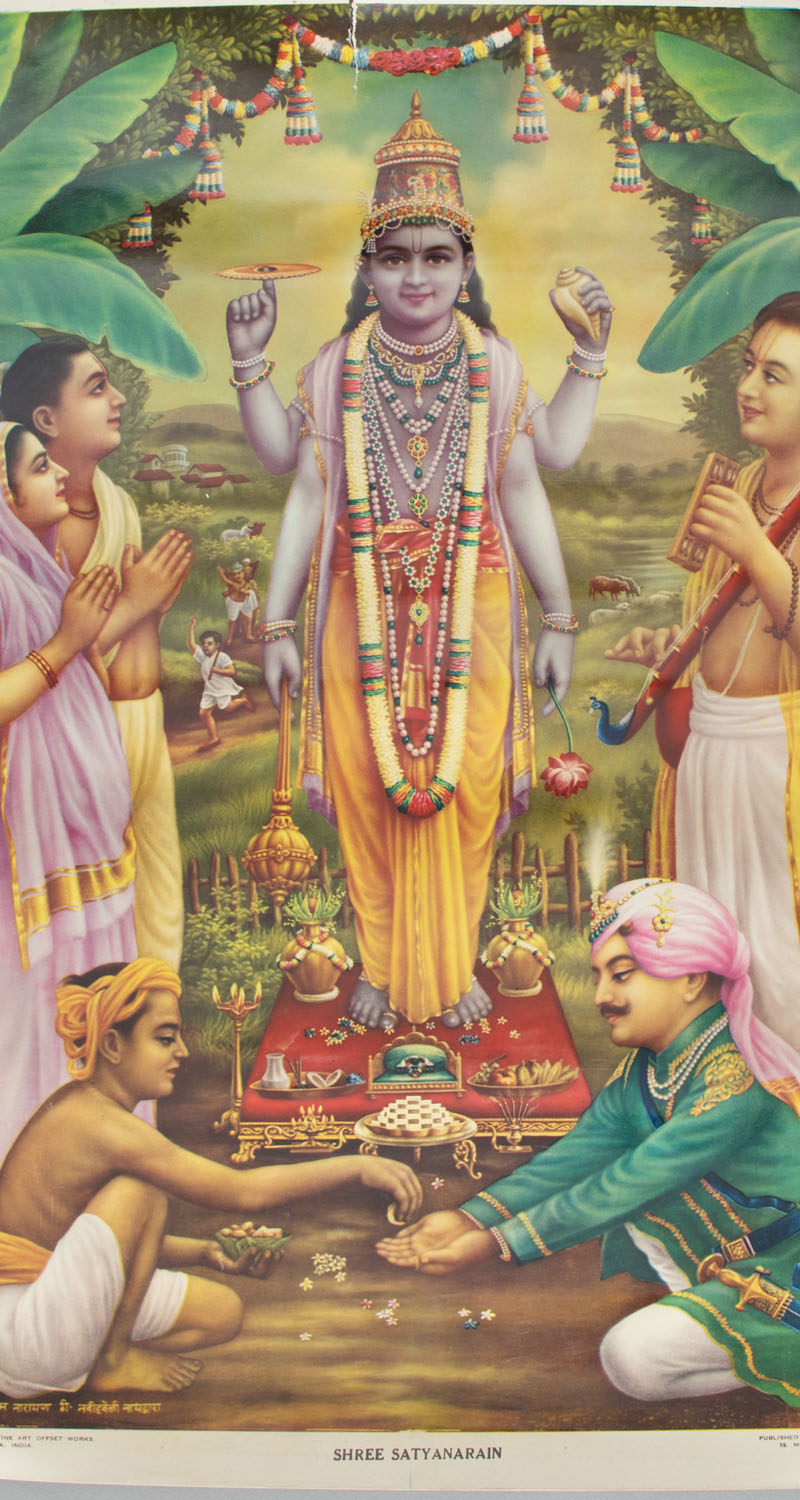In this blog, Keep the Faith project officer Miranda Heggie explores the origins of this exciting project to document Edinburgh's diverse faith communities. She tells us about some of her recent visits to places of worship and asks for your help in completing a survey on faith in the city (click the link below to have your say).
Keep the Faith is a new project recently launched by Museums & Galleries Edinburgh with the aim of expanding our faith collections to make them more representative of religious life across the city. It was born out of a previous project carried out by the Museums and Galleries team which began back in 2019. ‘Auld Reekie Retold’ was the biggest collections project ever undertaken by Museums and Galleries Edinburgh, where staff recorded nearly one hundred and forty thousand objects. It was during this process that Gemma Henderson, Social History Curator, noticed a distinct gap in our faith collections.
Most faith-based items in the museums’ archives were decades, if not centuries old, and represented only historic Christianity. While this is of course a key part of our city’s story it is not the only one! We’ve myriad religions and faith communities active in Edinburgh, each with its own unique history and vibrant contemporary practices and community offerings, and we want to ensure that this is represented in our city’s museum collections.
A grant was sought, and obtained, from Museums Galleries Scotland to carry out this work over a twelve-month period, employing a full time Project Officer for that duration. Miranda Heggie took up that role at the end of April 2024, after having worked for various faith, arts and heritage organisations in Edinburgh including the Diocese of Edinburgh within the Scottish Episcopal Church and Edinburgh International Festival. She also runs the Just Festival – a small Fringe-based festival focused on social justice and interfaith dialogue – is an Assembly Trustee with the church of Scotland and works as a freelance arts and music journalist.

As she comes up to the end of her second month in the role, Miranda says:
“It is such a huge privilege to be working with Museums & Galleries Edinburgh on the Keep the Faith project. When I saw the post advertised I knew I had to apply! It combined so many of my passions and interests - faith, diversity of communities, arts and heritage and Edinburgh’s rich history. I’m delighted to be in this post, and to be able to uncover some of the fascinating stories of Edinburgh’s faith communities. We’ve partnered with Edinburgh Interfaith Association, who are being fantastic in helping us form links with various religious centres in the city, and this past week I’ve spent time with the Baha’i and Tibetan Buddhist communities.

I had previously been aware of the Baha’i faith and the Bahai beliefs that Moses, Muhammed and Jesus are all true messengers of God, who came before the Baha’i prophet Baháʼu'lláh. I also knew that Baha’i was a relatively young faith, although I hadn’t realised quite how young it is, nor that the prophet Abdu'l-Bahá – the son of Baháʼu'lláh, and who Baháʼu'lláh passed on the faith’s development to – had spent time in Edinburgh as recently as 1913 and stayed in what’s now known as the Georgian House, on Charlotte Square. I was very kindly shown around the house by Ruhy, a member of the Baha’i Assembly here in Edinburgh, who’s also a volunteer there. In 1913, the house was occupied by a couple named Jane and Alexander Whyte. Alexander was a minister in the Free Church of Scotland, and Jane too played an active role in that ministry, as well as pursuing her own spiritual affairs. Jane had met Abdu'l-Bahá in Palestine, and shortly after invited him to Edinburgh and to stay at her and Alexander’s home. During his stay he gave a talk on the teachings of the Baha’i faith at Freemason’s Hall on George Street, which was so popular hundreds of people had to stand outside. He also attended a performance of Handel’s Messiah at St Giles’ High Kirk, which he claimed to be one of the highlights of his trip.
That evening, I joined the Baha’i community for a Devotional session at their meeting house on Albany Street. These devotional meetings can take many forms. This one, centred around the theme of ‘kindness’, saw the assembled company of twelve or so people share readings, songs and stories related to that theme, and I was particularly struck by the poetry and beauty of the writings of Baha’ulla and Abdu’l-Baha, which I had never come across before.

The following evening, I travelled down to Leith to meet with Ani Rinchen Kandro, a life ordained nun in the Kagyu tradition of Tibetan Buddhism. Ani runs the Kagyu Samye Dzong Edinburgh, a Tibetan Buddhist Centre for World Peace and Health. The temple building, Ani tells me, was previously a ‘temple to mammon’ – i.e. a bank. The centre on Bernard Street, by the shore, was once home to the Leith Banking Company which opened in 1793, and whose account holders included Edinburgh author Sir Walter Scott. After meeting in an Edinburgh town house, Ani received a blessing from His Holiness Karmapa, the head of the Kagyu Lineage, to seek a new, permanent home for Tibetan Buddhists in Edinburgh. The very next day – which happened to be her birthday! – Ani came across the former bank premise and realised it would be the perfect property to establish the Kagyu Samye Dzong. The shrine room is beautifully painted in bold, bright primary colours, with statues of the Buddha, offerings, prayer wheels and various musical instruments including bowls, drums, and a marvellous pair of telescopic bronze horns. A central cupula lets natural light bathe the room. Ani pulled back a gold curtain to let me see what was behind, and to my surprise it was a huge Chubb iron door, giving access to the vaults – the only reminder that the room was a banking hall in its former life.
I joined for guided meditation which takes place in the Shrine Room, along with four others, a mix of regulars and newbies like me. I must say I found the meditation challenging, though deeply rewarding. Trying to still your thoughts for the best part of an hour is harder than it sounds, especially when it’s something you’re not used to; though as Ani says ‘it’s simple, but that doesn’t mean it’s easy’. It turns out sitting in lotus for the best part of an hour is not something I’m used to either and I was definitely feeling it in my hip flexors on the tram home!
Both these experiences, different though they were, were deeply special and embodied practices which, certainly for me, brought me closer to my own consciousness, to other people and to God. I can’t wait to see how this project unfolds as we develop exciting ways to tell these communities’ stories, capture a piece of their legacy and play a part in their future.”
What do you think we should collect to represent faith communities in Edinburgh? Tell us by filling out this survey before 21 July:
